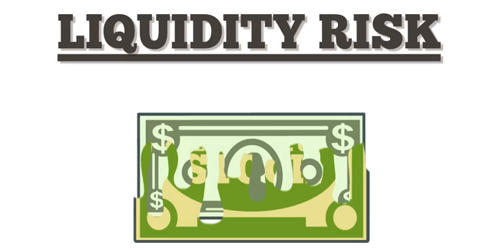Equity stripping is an asset protection practice in which assets are protected by distributing the interest in it to multiple parties. It is a type of foreclosure rescue scheme. It is a set of strategies designed to reduce overall equity in a property. Often considered a form of predatory lending, equity stripping became increasingly widespread in the early 2000s. In an equity stripping scheme, an investor buys the property from a homeowner facing foreclosure and agrees to lease the home to the homeowner who may remain in the home as a tenant. It is a great asset protection strategy for real estate and non-business assets because it protects the asset from both inside and outside liabilities.
Term Explanation
The theory behind equity stripping is rather simple: in limiting the amount of equity in a subject property, creditors and traditional lending institutions won’t go through great lengths to levy any claims against it. These strategies can be used by debtors as a means of making properties unattractive to creditors, as well as by predatory lenders looking to take advantage of homeowners facing foreclosure. Often, these transactions take advantage of uninformed, low-income homeowners; because of the complexity of the transaction, victims are often unaware that they are giving away their property and equity. Several states have taken steps to confront the more unscrupulous practices of equity stripping. As a predatory lending mechanism, equity stripping is exercised against homeowners facing foreclosure. Although “foreclosure re-conveyance” schemes can be beneficial and ethically conducted in some circumstances, many times the practice relies on fraud and egregious or unmeetable terms. Predatory investors often use this method to take advantage of property owners with limited resources and information.
The term “equity stripping” has sometimes referred to lending refinance practices that charge excessive fees thereby “stripping the equity” out of the home. The idea behind equity stripping as an asset protection strategy is that through reducing interest in a property, creditors are discouraged from including the property in any claims against the debtor. The practice more often describes foreclosure rescue scams. This strategy allows a debtor to file a quit-claim to the property in the name of their spouse, who presumably has no debt or little debt. While most do not consider equity stripping a form of predatory lending per se, equity stripping is related to traditional forms of that practice. Subprime loans targeted at vulnerable and unsophisticated homeowners often lead to foreclosure, and those victims more often fall to equity stripping scams. Traditionally, the most common form of equity stripping was to quitclaim the title to a spouse, who was less likely to be sued for financial reasons. Equity stripping, however, is conducted almost always by local agents and investors, while traditional predatory lending is carried out by large banks or national companies. It is an asset protection strategy that entails encumbering an asset with a lien or liens so that little or no equity remains in the asset.
















